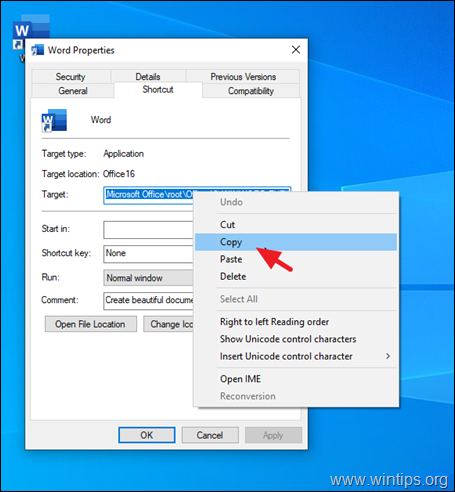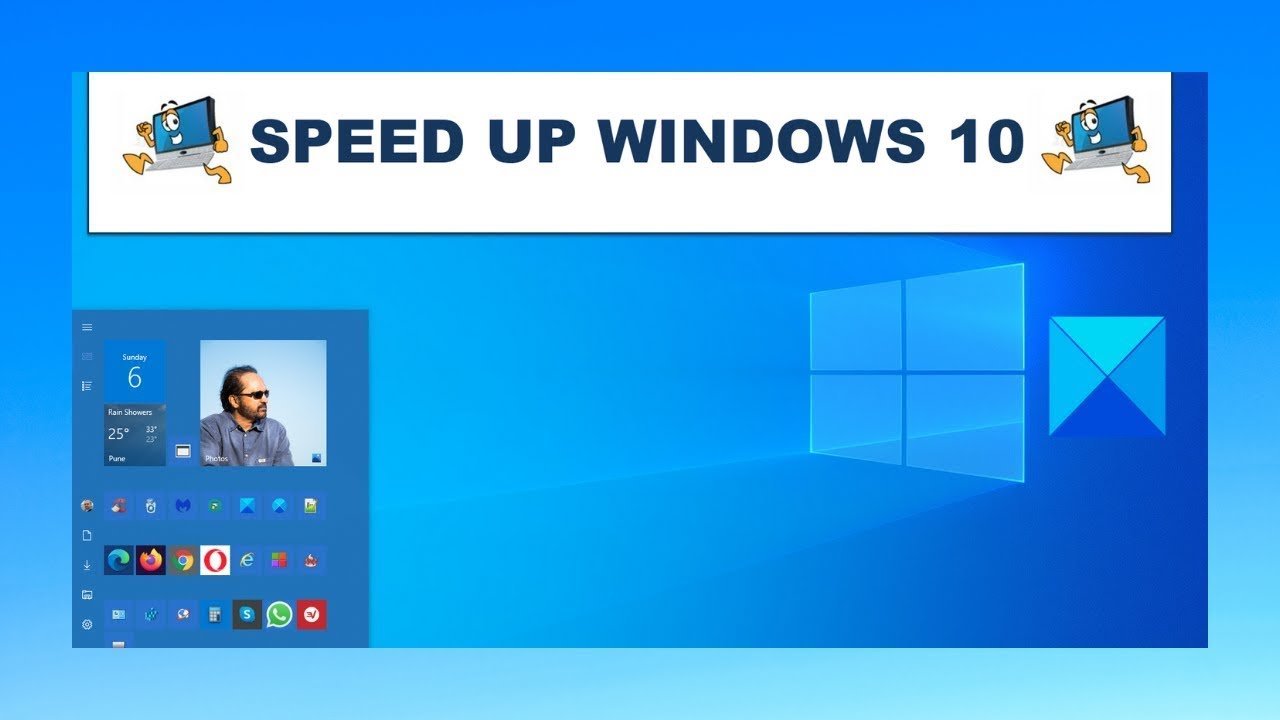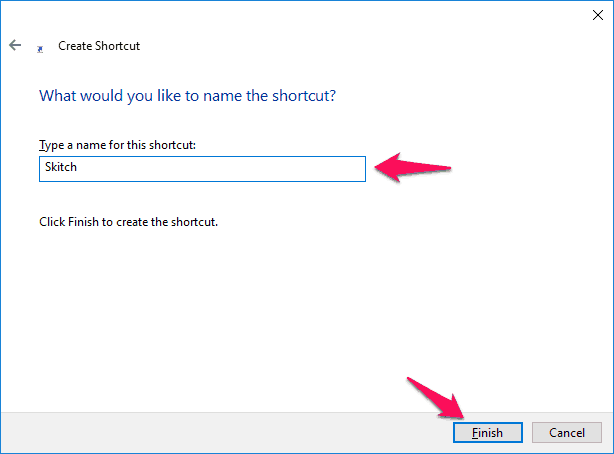
This is only applicable to the current user. Right-click on the shortcut, select Cut and then paste your shortcut into the startup folder and you are good to go. Find the executable file and right-click on it and click on Create Shortcut from the options menu.Ģ. Making a shortcut is preferable to either of the two alternatives from above. However, this will make a clone of the file that is the same size as the source. Alternatively, you may copy the file or application executable file and put it into the startup folder. Doing so will disable rapid access to the program. You may relocate the original executable file (application launching file) to the startup folder. After clicking on OK, the startup folder will appear. The quickest way to access this folder is to press Windows + R on your keyboard and put “ shell: startup” into the Run window. If you want to immediately launch the document you’re working on or your preferred browser when Windows starts, simply drag the shortcut to the startup folder.ġ. The startup folder in Windows may be used to run any form of executable application or file.Īnything placed in the startup folder is programmed to run when Windows boots.


The methods listed below can be used to launch applications or files when Windows boots up. Let’s begin by talking about apps that will automatically launch with Windows. FAQs How can you launch programs with Windows startup? When in doubt, go to the program’s entry and right-click on them, then select the “Search online” option to learn more about them. We propose that you disable any apps that have a high effect after reviewing them. Furthermore, the launch column displays the impact of apps on Windows 10 startups. You can always add apps to your whitelist again at a later date. We recommend that you go through all of the programs and disable any apps that you believe are unnecessary.




 0 kommentar(er)
0 kommentar(er)
